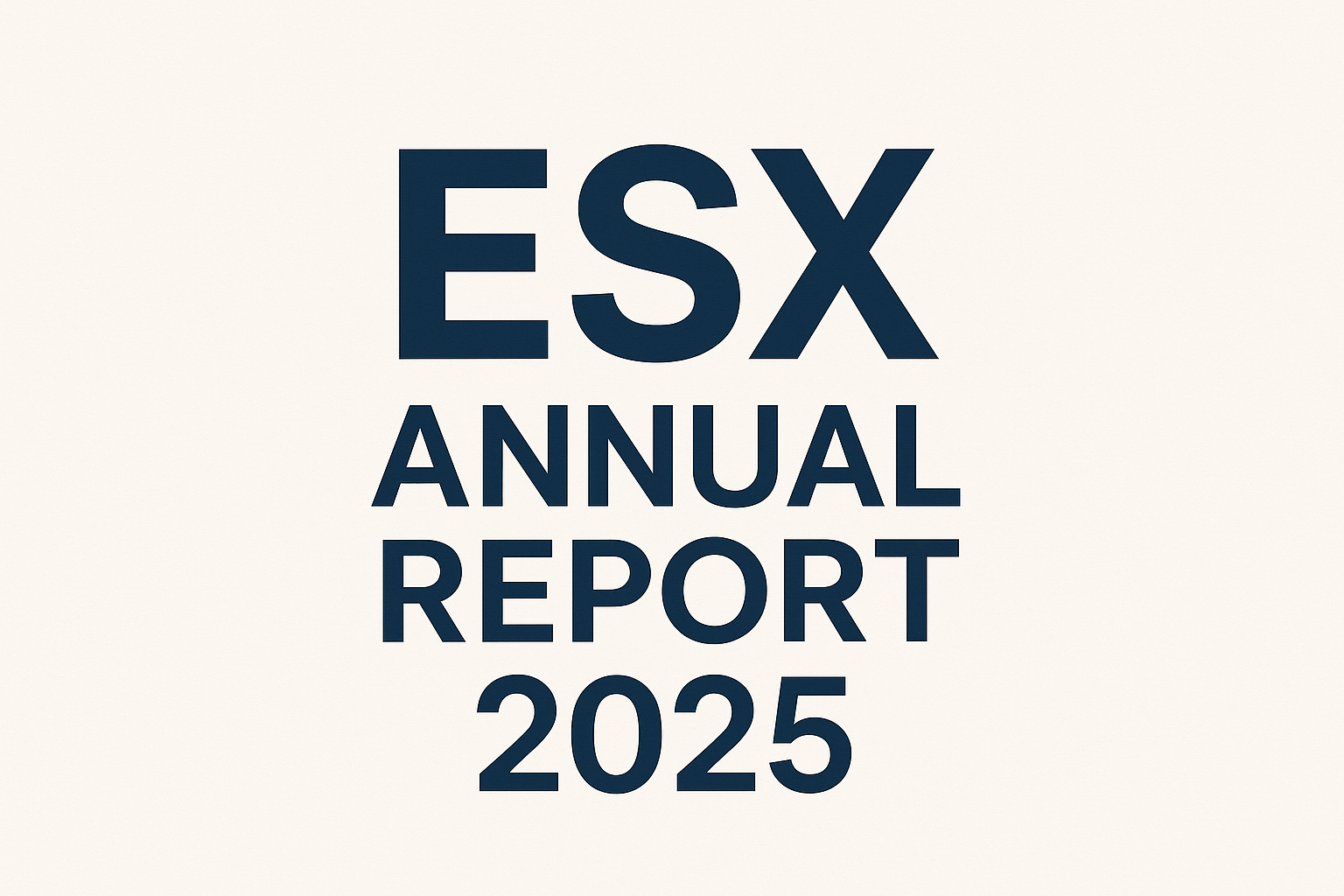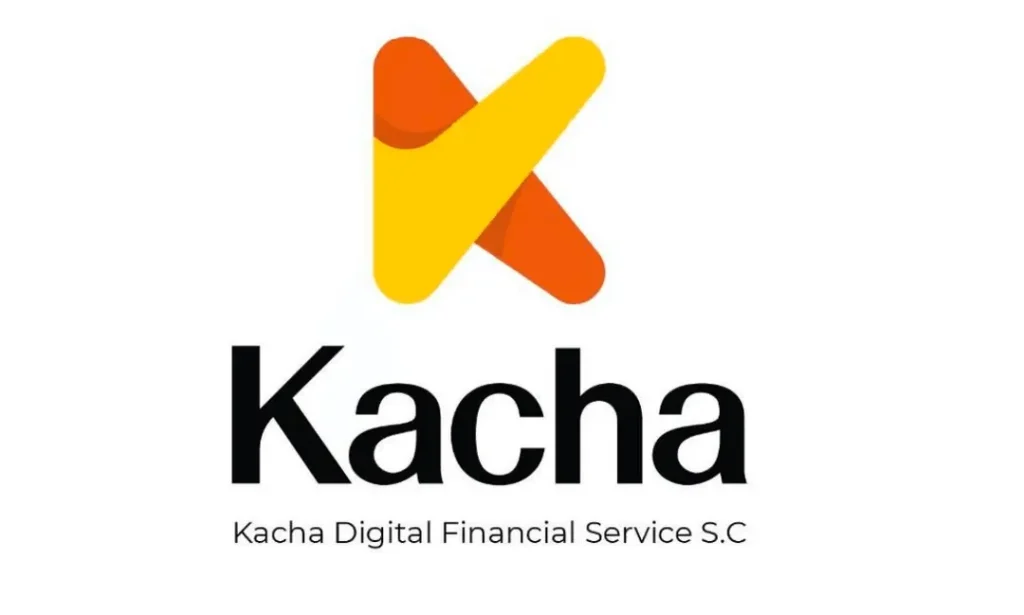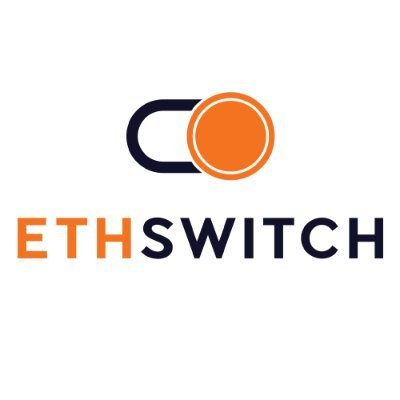Ethiopia’s Pharmaceutical Industry: Growth Amidst Forex Woes and Economic Reform
Key Takeaways;
- Ethiopia’s pharmaceutical industry grew rapidly, with local medicine supply increasing from 24% to 41% under import-substitution policies.
- The 2024 forex reform ended priority access, resulting in dollar shortages and severe delays in medicine supply.
- Fixed-price contracts and tight credit have left manufacturers cash-strapped and struggling to deliver.
- Experts urge targeted forex support and annual price reviews to keep the sector stable during reforms.

Ethiopia has made major strides in local pharmaceutical manufacturing, raising the share of locally supplied essential medicines from 24% to 41% in just three years. Public procurement from domestic producers jumped from under 1 billion to 15.6 billion Birr, and locally made essential drugs grew from 2 to 8 out of 262 items. Local firms now produce key medicines and supplies like intravenous fluids and medicated gauze, while GMP-certified companies doubled to six. This growth stems from the government’s import-substitution strategy, which saved an estimated $3.1 billion in nine months and lifted local market coverage across industries from 30% to 44%. A July 2025 stakeholder meeting at Kilinto Pharmaceutical Industrial Park reaffirmed Ethiopia’s goal of becoming a continental pharma hub through regulatory reforms and investment incentives. Industrial parks now offer factory sheds, tax holidays, and duty exemptions that have attracted firms like Cadila, Julphar, and EPHARM. According to Health Minister Dr. Mekdes Daba, local output has reached $75 million, saving $53 million in imports, with plans to push domestic market share to 47%. Ethiopia’s pharma drive aligns with its 10-Year Development Plan and Africa’s wider move toward regional self-reliance under AfCFTA and the African Medicines Agency.
Despite these gains, local drug manufacturers are now grappling with a crippling foreign exchange (forex) crunch. In July 2024, Ethiopia’s central bank implemented sweeping forex reforms, abolishing its decades-old priority allocation system. Pharmaceuticals, which previously enjoyed top priority for hard currency (alongside fuel and fertiliser), suddenly lost their special status. This policy shift – part of a broader liberalisation to let market forces set exchange rates – had immediate consequences for the pharma industry. Ethiopian pharmaceutical manufacturers are struggling amid a severe foreign currency shortage, with firms waiting weeks or even months to secure the dollars needed for importing raw materials. Opening a Letter of Credit (LC) no longer guarantees timely funding, as banks now queue requests on a first-come-first-served basis, forcing companies like those represented by Daniel Waktole, president of the Ethiopian Pharmaceuticals & Medical Supplies Manufacturers Association, to endure long delays while the Birr continues to depreciate losing over 150% of its value against the US dollar between August 2024 and 2025. To make matters worse, banks now require importers to pre-deposit the full LC amount (often over 100%) plus a 4% service fee, tying up working capital for months. While banks justify this as risk management under National Bank directives, the policy has drained liquidity from manufacturers already operating on thin margins. As a result, many firms cannot obtain active ingredients or packaging in time, causing production slowdowns and medicine shortages. By early 2025, hospitals such as Ras Desta in Addis Ababa reported that more than half of essential drugs were unavailable despite adequate budgets, and health experts warned that these forex delays are undermining progress toward universal health coverage. In essence, the foreign currency crunch is crippling Ethiopia’s drive for pharmaceutical self-reliance leaving factories idle for lack of inputs even as domestic demand grows.

The manufacturers face mounting challenges under the government’s rigid procurement and financing systems. The Ethiopian Pharmaceuticals Supply Service (EPSS), which supplies over 5,000 public health facilities, uses year-long fixed-price contracts that force local firms to bid in Birr without adjustment clauses for inflation or currency depreciation even as the Birr lost about 154% of its value against the dollar in a year. This exposes suppliers to heavy losses since input costs are mostly in foreign currency. Manufacturers like Daniel Waktole warn that firms must either bid high and lose tenders or bid low and absorb losses, while EPSS defends the system as necessary to protect public budgets. Though local suppliers are allowed to price up to 25% higher than imports, that margin has been wiped out by the Birr’s slide. EPSS admits that delivery delays and forex shortages exacerbate the problem and is now developing a five-year framework allowing annual price revisions an approach industry leaders like Julphar’s Kedir Sherif call a “game-changer”. Meanwhile, access to finance remains another bottleneck. Banks demand high collateral and charge steep interest, leaving many firms cash-strapped and unable to scale up production. Proposals for association-backed or EPSS-guaranteed loans have met resistance from cautious bankers, who fear defaults. This credit crunch has already hurt performance: in 2023/24, local firms failed to deliver 4.1 billion Birr worth of contracted medicines, with EPSS meeting just 51% of its supply target. To address this, EPSS is negotiating with the Commercial Bank of Ethiopia to extend credit against supply contracts and considering a directive to let suppliers quote prices in foreign currency potentially easing forex pressure and aligning contracts with real import costs. Without such reforms, industry leaders warn, Ethiopia risks undermining its hard-won progress toward pharmaceutical self-reliance.
Ethiopia’s pharmaceutical industry encapsulates the broader tension in the country’s economic reforms balancing liberalisation with local resilience. The government’s shift toward a market-based exchange rate, fiscal discipline, and private-sector-led growth supported by the IMF and World Bank aims to correct deep-rooted imbalances and attract investment into strategic sectors like pharmaceuticals. Yet these reforms have collided with legacy systems, leaving manufacturers squeezed between forex volatility, fixed-price contracts, and tightening liquidity. Industry leaders like Tadesse Teferi warn the sector stands at a “collapse or revival” crossroads as forex-based input costs soar while revenues in Birr lose value. Officials such as Industry Minister Melaku Alebel recognise both the progress and the limits of state support, emphasising policy and infrastructure over subsidies. Experts like Worku Lemma advocate a middle path restoring limited forex priority (e.g., 20–30% of needs) for medicine manufacturers, treating pharmaceuticals as essential goods while urging firms to innovate financially through pooled procurement or equity raising. Looking ahead, proposed reforms like EPSS’s five-year procurement contracts with annual price reviews, foreign-currency quotations for imported inputs, and new credit lines via the Commercial Bank of Ethiopia could ease the strain. The World Bank has also prioritised Ethiopia’s pharma sector for support, signalling potential funding for input localisation and export expansion. Long-term, Ethiopia plans to reduce import dependence by developing local production of active ingredients, packaging, and even vaccines part of an $11 billion investment plan led by the Armauer Hansen Research Institute. The coming years will be decisive: if policymakers strike the right balance between stability and flexibility, the sector could anchor Ethiopia’s industrial ambitions under the AfCFTA. For now, stakeholders remain cautiously optimistic, viewing current hardships as short-term adjustment pains on the path toward a more self-reliant, globally competitive pharmaceutical industry.
Michael D. Hailesialssie






